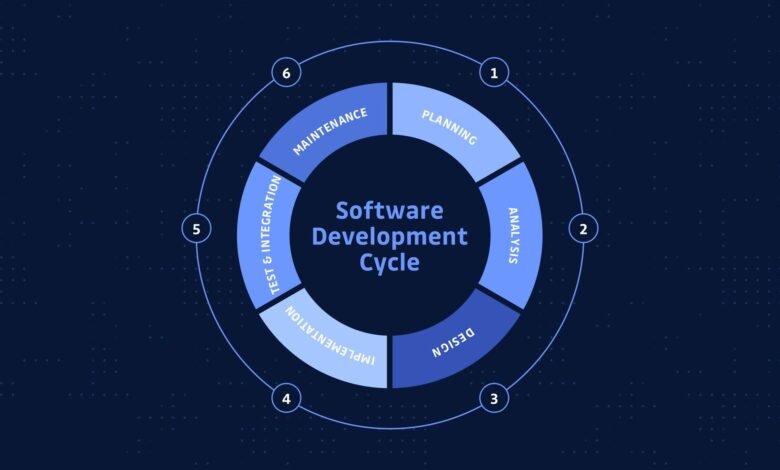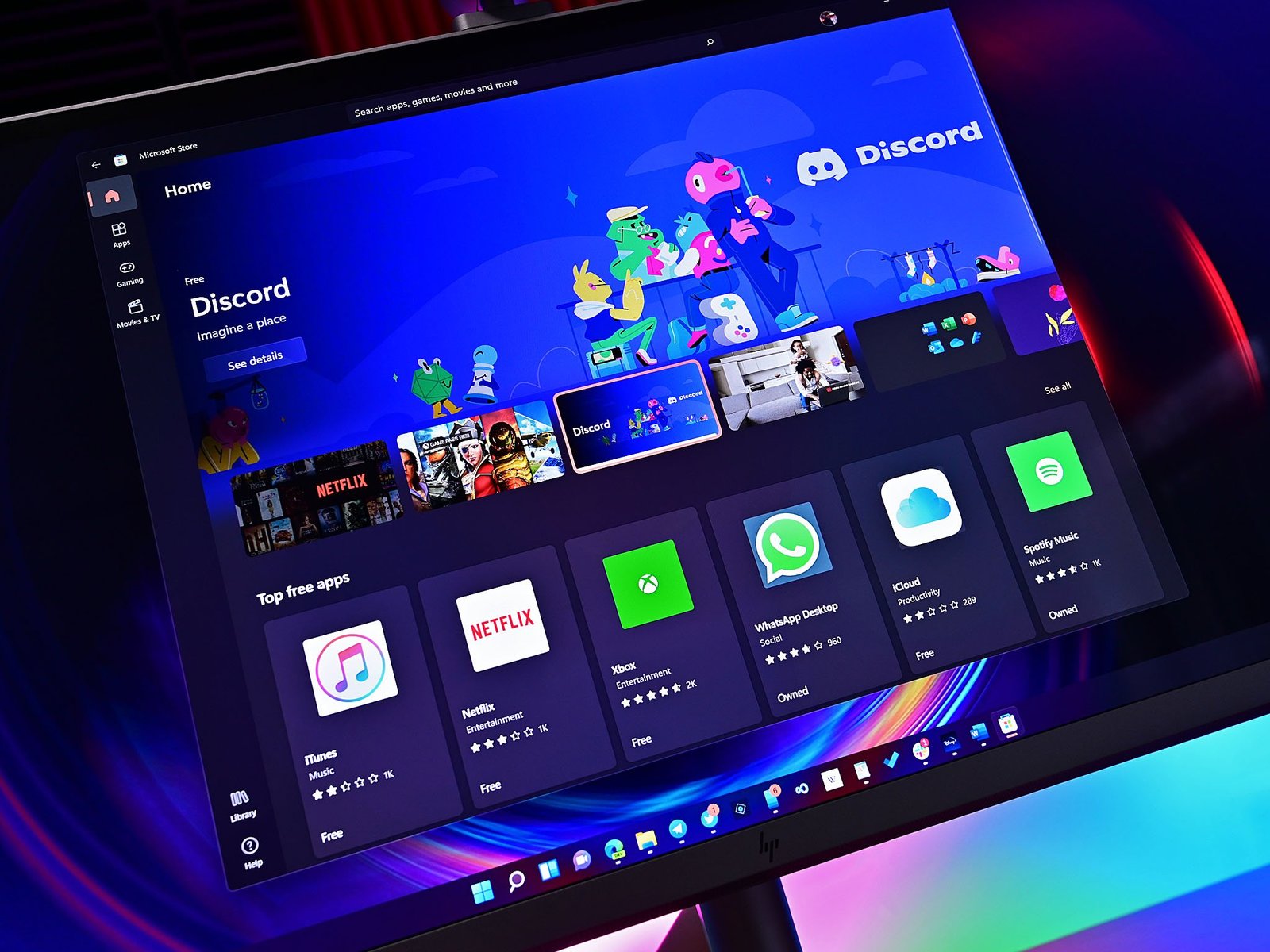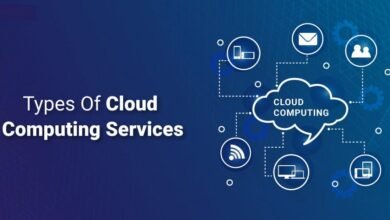From Start to Finish: A Comprehensive Guide to Software Development Life Cycle in 2023

Software development is the process of designing, building, testing, and maintaining software. It is a complex process that requires a structured approach to ensure successful project completion. The software development life cycle (SDLC) is a methodology that provides a systematic framework for software development. In this comprehensive guide, we will take a deep dive into the SDLC, covering everything from its stages, models, and best practices.
What is the Software Development Life Cycle?
The SDLC is a process used by software development teams to design, build, test, and maintain high-quality software. It is a structured approach that includes a series of stages that are followed in sequence. The SDLC can be broken down into several stages:
- Planning: The planning stage involves gathering requirements, defining project scope, and establishing project goals.
- Analysis: During the analysis stage, the team evaluates the project requirements and identifies potential technical, logistical, or budgetary issues.
- Design: In the design stage, the team creates a blueprint for the software, including architecture, user interface, and database design.
- Development: The development stage is where the actual software development takes place. The team uses the design document to develop the software code.
- Testing: The testing stage involves ensuring that the software works as intended. This includes unit testing, integration testing, and user acceptance testing.
- Deployment: In the deployment stage, the software is installed and configured for use by end-users.
- Maintenance: The maintenance stage involves ongoing support and maintenance of the software to ensure it remains up to date and continues to meet user needs.
Software Development Life Cycle Models
There are several different SDLC models that teams can use to guide their software development process. Each model has its own strengths and weaknesses and is suitable for different types of projects.
- Waterfall Model: The waterfall model is a linear, sequential approach to software development. Each stage of the SDLC is completed in sequence, with no overlap or iteration.
- Agile Model: The agile model is an iterative, incremental approach to software development. It emphasizes collaboration, flexibility, and rapid prototyping.
- Spiral Model: The spiral model is a risk-driven approach to software development. It includes iterative cycles of planning, risk analysis, and development.
- V Model: The V model is a variation of the waterfall model. It emphasizes testing at each stage of the SDLC, with each testing stage corresponding to a development stage.
Best Practices for SDLC

To ensure successful software development, it is important to follow best practices throughout the SDLC process. Some of the best practices include:
- Establish clear project goals and requirements.
- Involve stakeholders throughout the process.
- Plan for and manage risks.
- Use an iterative approach to development.
- Test early and often.
- Use automated testing tools.
- Use a version control system.
- Maintain good documentation.
Read More:Revolutionizing the Software Industry: The Latest Trends You Need to Know
Conclusion
The software development life cycle is a critical process that ensures high-quality software development. By following a structured approach, software development teams can ensure successful project completion while minimizing risks and costs. By understanding the stages, models, and best practices of the SDLC, you can be better equipped to manage software development projects and deliver high-quality software that meets user needs.
FAQs:
- What is the Software Development Life Cycle (SDLC)? The Software Development Life Cycle (SDLC) is a methodology used by software development teams to design, build, test, and maintain high-quality software. It is a structured approach that includes a series of stages that are followed in sequence.
- What are the stages of the SDLC? The SDLC can be broken down into several stages, including planning, analysis, design, development, testing, deployment, and maintenance.
- What are some popular SDLC models? Some popular SDLC models include the Waterfall model, the Agile model, the Spiral model, and the V model.
- What are some best practices for SDLC? Some best practices for SDLC include establishing clear project goals and requirements, involving stakeholders throughout the process, planning for and managing risks, using an iterative approach to development, testing early and often, using automated testing tools, using a version control system, and maintaining good documentation.
- Why is SDLC important? SDLC is important because it ensures successful software development while minimizing risks and costs. By following a structured approach, software development teams can deliver high-quality software that meets user needs.
- Can the SDLC be customized for different projects? Yes, the SDLC can be customized for different projects based on their specific requirements and constraints.
- What is the difference between the Waterfall model and the Agile model? The Waterfall model is a linear, sequential approach to software development, while the Agile model is an iterative, incremental approach that emphasizes collaboration, flexibility, and rapid prototyping.
- How important is documentation in SDLC? Documentation is an essential part of SDLC because it helps to maintain the project’s quality and makes it easier to understand and maintain the software code. Good documentation also helps new team members to understand the project quickly.
- Why is testing so important in SDLC? Testing is critical to SDLC because it ensures that the software works as intended and meets user requirements. It also helps to catch and fix issues before they can cause significant problems.
- How does SDLC benefit the end-user? SDLC benefits the end-user by ensuring that the software they receive is of high quality, meets their requirements, and is easy to use and maintain. It also helps to minimize the risk of bugs or other issues that could affect the user’s experience.









